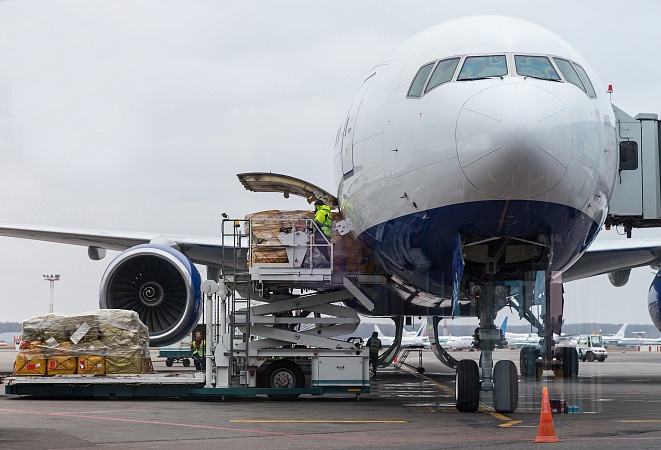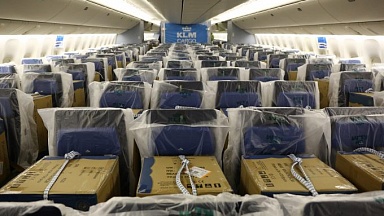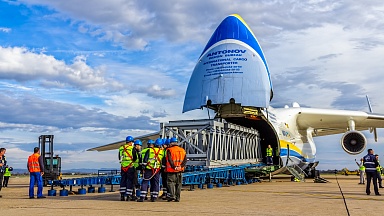Cross-border e-commerce is on course to account for 20% of global air cargo shipments by 2022 — a doubling of its share since 2017 — despite its growth slowing during the Covid pandemic as a result of price hikes caused by capacity constraints, according to a leading market analyst.
«Overall, what we saw in 2020 was slower growth compared to previous years as pandemic-related air cargo supply shortages made it harder for cross-border e-commerce shippers to access capacity and consumers focused more on domestic purchases. At the same time, cross-border e-commerce shipments did still show an increase compared to the previous year in contrast to ‘general’ air cargo, which declined overall,» Tobias Wölfel, who leads Air Cargo Research in the German office of global management consultancy, McKinsey & Company, told Lloyd’s Loading List in an interview.
«The slowdown in cross border e-commerce growth (by air) is likely to be a temporary ‘blip’. As soon as we get back to a more balanced supply situation in air cargo — and in ocean cargo, for that matter — we would expect to see volumes gathering momentum again and for cross-border to keep on out-performing growth rates for domestic e-commerce. 70-80% of cross border e-commerce traffic will continue to be transported by air.»
A change in shipping modes is making air cargo and cross-border e-commerce increasingly compatible, Wölfel observed.
«A ‘hybrid’ product — positioned between the premium-priced express and the considerably slower, cheaper, less reliable postal channel — has emerged and gained traction, and this can be seen in freight consolidators offering dedicated e-commerce services, bundling volumes in origin or destination countries and in the management of air cargo capacity by e-commerce marketplaces, which is growing.»
He estimates that cross-border e-commerce probably increased its share of global air volumes to 17% last year and that it is it fair to assume that the segment could have recorded an even bigger part had it not been priced out of the market to a certain degree by elevated rates.
Revenue contribution also rising
«However, the important takeaway here is that despite the obstacle of higher shipment costs, greater volumes of cross-border e-commerce found their way on to planes. Even though e-commerce remains a relatively low-yield air cargo commodity, the price differential compared to other commodities has narrowed; and taking this forward, e-commerce has probably increased its share of global air cargo revenue from a projected 10% of the total by 2022 (compared to 5% in 2017) to 12-13% — evidence that the hybrid shipment model has really taken hold.»





